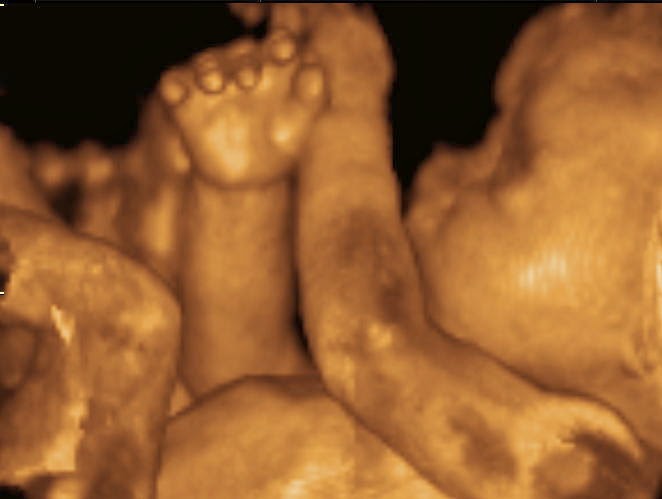If you've been unable to conceive within a reasonable period of time, seek help from your doctor for further evaluation and treatment of infertility.
Ovulation induction and follicular monitoring
It is done transvaginally and involves series of ultrasounds to see growth of the follicles and endometrium. It helps in identifying the time when egg is mature in order to do IUI or egg retrieval in IVF. It involves process of serial ultrasonic monitoring of the ovarian follicles that helps in identifying egg maturation status as well as is used for determination of uterine lining thickness. For women under fertility medication, follicle monitoring assists in assessing response to treatment and in making adjustment to the fertility medication dosage during treatment in event of seeing inadequate response
Advanced Semenalysis
Evaluation of male patient
Email Id : surveen12@gmail.com
Website: www.ivf-india.in
Fertility tests may include:
- Ovulation testing. An over-the-counter ovulation prediction kit detects the surge in luteinizing hormone (LH) that occurs before ovulation. A blood test for progesterone — a hormone produced after ovulation — can document that you're ovulating. It can also be detected by documenting rupture of follicle on ultrasound.
- Hysterosalpingography. During hysterosalpingography X-ray contrast is injected into the uterus and an X-ray is taken to determine if the uterine cavity is normal and whether the fluid passes out of the uterus and spills out of your fallopian tubes. If abnormalities are found, you'll likely need further evaluation.
- Ovarian reserve testing. This testing helps determine the quality and quantity of eggs available for ovulation. Women at risk of a depleted egg supply — including women older than 35 — may have this series of blood and imaging tests on day 2.
- Other hormone testing. Thyroid, prolactin and FSH, LH that control reproductive processes.
- Imaging tests. Pelvic ultrasound looks for uterine or fallopian tube disease. Sometimes a hysterosonography is used to see details inside the uterus that are not seen on a regular ultrasound.
3D ultrasonography
 |
Conventional sonography provides two-dimensional views of three-dimensional structures. The obvious advantages are that 3D ultrasound offers more rapid and reproducible image acquisition as well as enhanced visualization and post-processing capabilities. Its main applications include assessment of uterine congenital anomalies, intrauterine pathology, tubal patency, polycystic ovaries, ovarian follicular monitoring and endometrial receptivity. It provides accurate measurement of organ dimensions and volumes, improved anatomic and blood flow information, improved assessment of complex anatomic anomalies, a better specificity in regard to the confirmation of normality and standardisation of the sonographic examination procedure
Endometrial Biopsy: A specimen is taken from the wall of the uterus and sent for screening of infections like tuberculosisis. It is also sent for histopathology to detect defects in endometrium which may prevent implantation of baby.
Endometrial Biopsy: A specimen is taken from the wall of the uterus and sent for screening of infections like tuberculosisis. It is also sent for histopathology to detect defects in endometrium which may prevent implantation of baby.
Ovulation induction and follicular monitoring
It is done transvaginally and involves series of ultrasounds to see growth of the follicles and endometrium. It helps in identifying the time when egg is mature in order to do IUI or egg retrieval in IVF. It involves process of serial ultrasonic monitoring of the ovarian follicles that helps in identifying egg maturation status as well as is used for determination of uterine lining thickness. For women under fertility medication, follicle monitoring assists in assessing response to treatment and in making adjustment to the fertility medication dosage during treatment in event of seeing inadequate response
Advanced Semenalysis
It is an important part of assessment of the male. We do an advanced semenalysis where we measure the count, motility and morphology. The semen is given by the male partner and tested immediately. We have in house facilities of a separate semen collection room. Semen analysis is the first and basic test of the male. It not only tells us about the quantity of the sperm but also about the quality and fertilizing potential.
Evaluation of male patient
Male infertility is dealt with in a specialized way. All men have the facility of advanced semen analysis. The causes of male infertility could be testicular, pre testicular, or post testicular. A complete hormonal assessment is done where needed. A genetic analysis may be needed in patents with extremely low sperm counts. In cases of azospermia (absent sperms) testicular or epidydimal sperm extraction can be done and an ICSI performed. See section on TESA, PESA for azoospermia.
Occasionally may require these tests:
- Hysteroscopy. Depending on your symptoms, your doctor may request a hysteroscopy to look for uterine disease.
- Laparoscopy. This minimally invasive surgery involves making a small incision beneath your navel and inserting a thin viewing device to examine your fallopian tubes, ovaries and uterus. Laparoscopy may identify endometriosis, scarring, blockages or irregularities of the fallopian tubes, and problems with the ovaries and uterus.
- Genetic testing. Genetic testing helps determine whether there's a genetic defect causing infertility
For Consultation And Diagnoses You Can Contact:
The Fertility Clinic- IVF Solutions
Dr Surveen Ghumman Sindhu
Phone No. : +91- 9810475476Email Id : surveen12@gmail.com
Website: www.ivf-india.in







